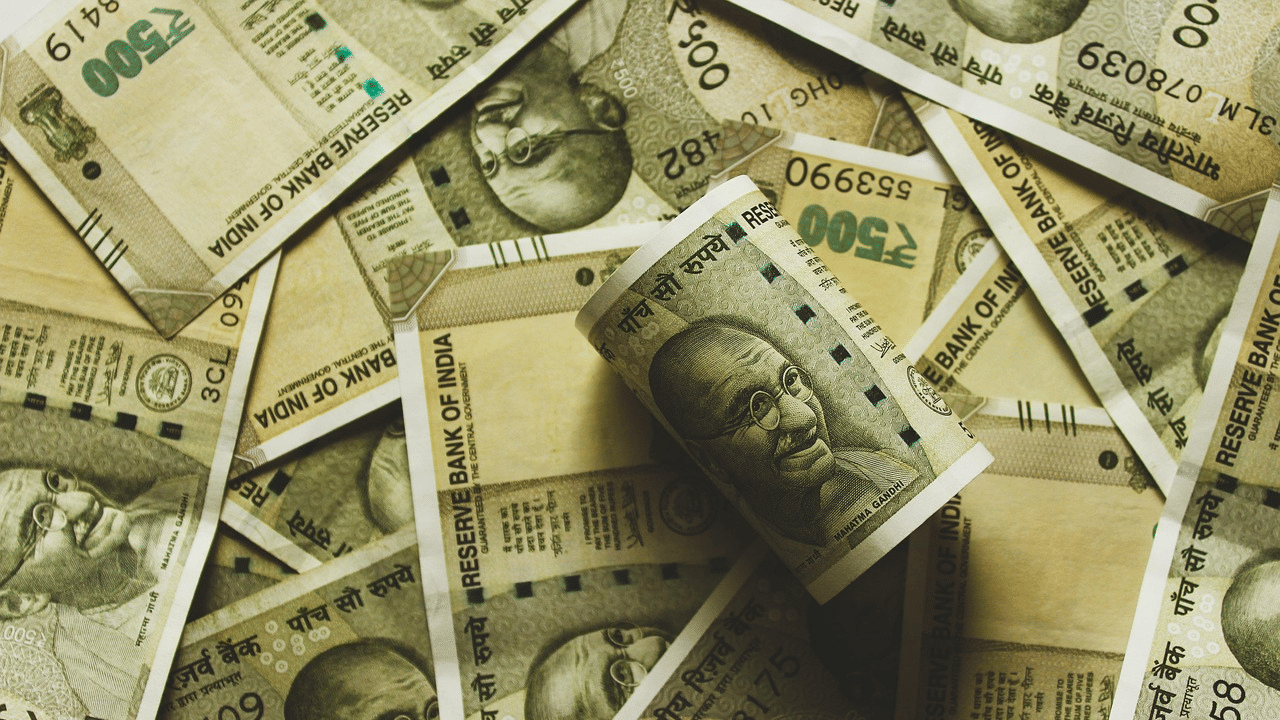New Delhi: The Reserve Bank of India (RBI) has recently taken some visible steps to advance the internationalisation of the rupee. The internationalisation of the rupee refers to the cross-border financial transaction in the Indian currency.
RBI’s initiatives for Rupee Internationalization
The RBI has given its nod to scheduled commercial banks to give extended rupee loans to the neighbouring countries while simultaneously allowing trade invoicing in rupees. When a foreign bank opens a bank account with a local Indian bank in the local currency (INR), it is called a Vostro Account.
Additionally, it has permitted foreign banks to maintain vostro accounts with domestic lenders. In this regard, there were several agreements that India signed with Singapore, Russia, and the United Arab Emirates for the settlement in Indian rupees.
These moves are unfolding against a backdrop of trade uncertainty and strained relations with the United States of America, with which India undertakes a majority of its trade. Post the US tariff implementation, the rupee has weakened further, highlighting the risk of overreliance on the dollar.
The idea of a global rupee is not entirely new. In the 1950s and 1960s, the Indian currency served as the official legal tender in several Gulf states, including Kuwait, Qatar, and Oman. Presently it still remains a legal tender in Bhutan and is widely accepted in Nepal. Now that the economic clout of India is increasing, the potential for broader use of the rupee across South Asia, Middle East and Africa has strengthened further
India’s total trade in the last financial year exceeded $1 trillion. Even if a small portion of this is conducted in rupees, it could reduce foreign exchange risks for Indian businesses while making Indian exports more attractive to partners. China has followed a similar approach in promoting the renminbi, backed by its cross-border interbank payment system (CIPS).
However, India’s strategy differs in intent. RBI Governor Sanjay Malhotra has clarified that the objective is not to replace the U.S. dollar as a global reserve currency. India has also distanced itself from Russian and Chinese proposals for a common BRICS currency. The emphasis remains on enhancing convenience and stability in trade.
At the same time, India could expand the international role of its RuPay card network, similar to China’s UnionPay, to support everyday cross-border transactions. While significant capital controls and restrictions on a fully floating rupee are likely to remain, gradual acceptance of the currency abroad may improve its global standing.
Over time, if the rupee gains credibility, it could eventually aspire to inclusion in the International Monetary Fund’s Special Drawing Rights (SDR) basket of major currencies. For the traditionally cautious RBI, such recognition would represent an important milestone.
